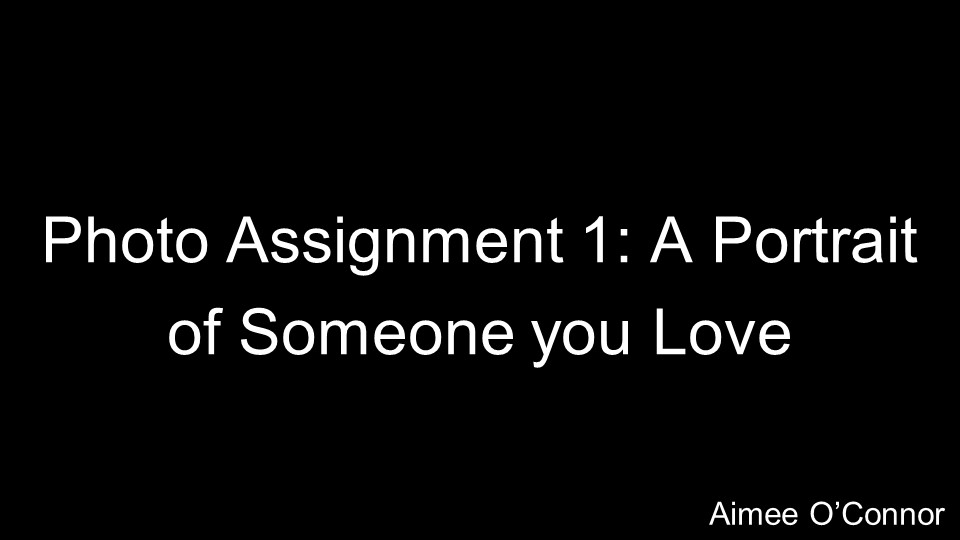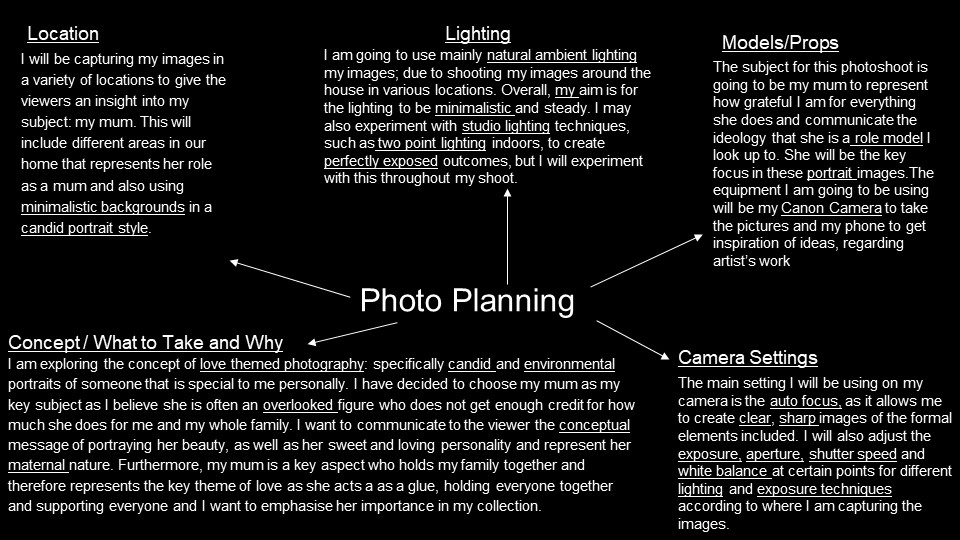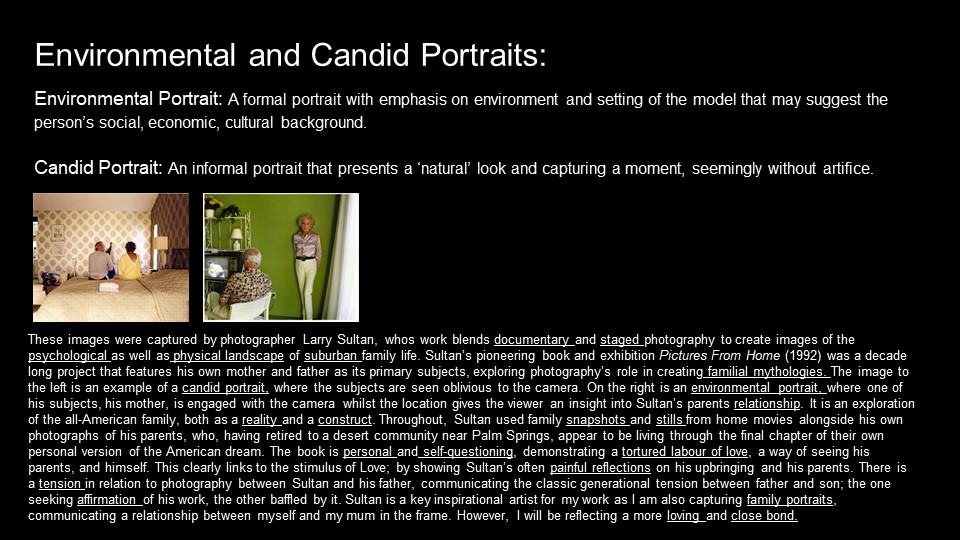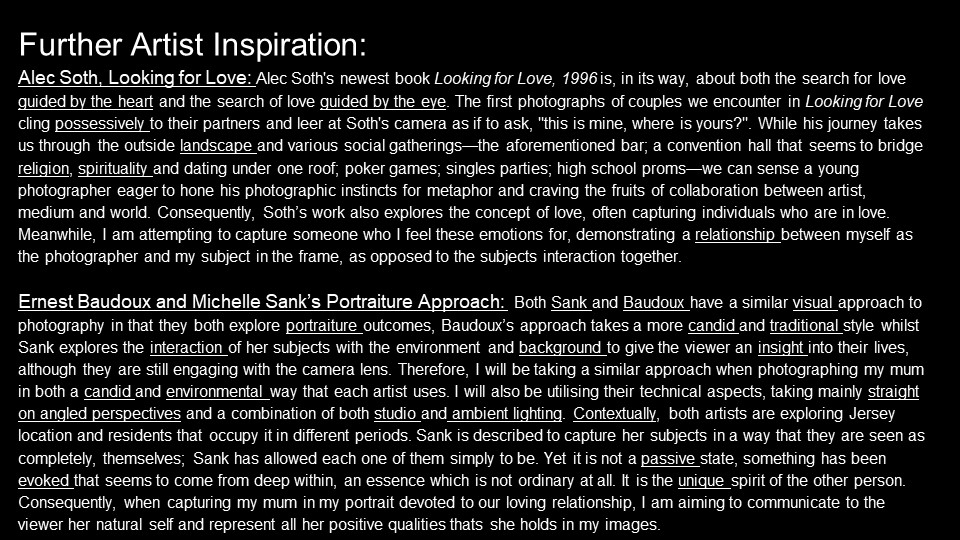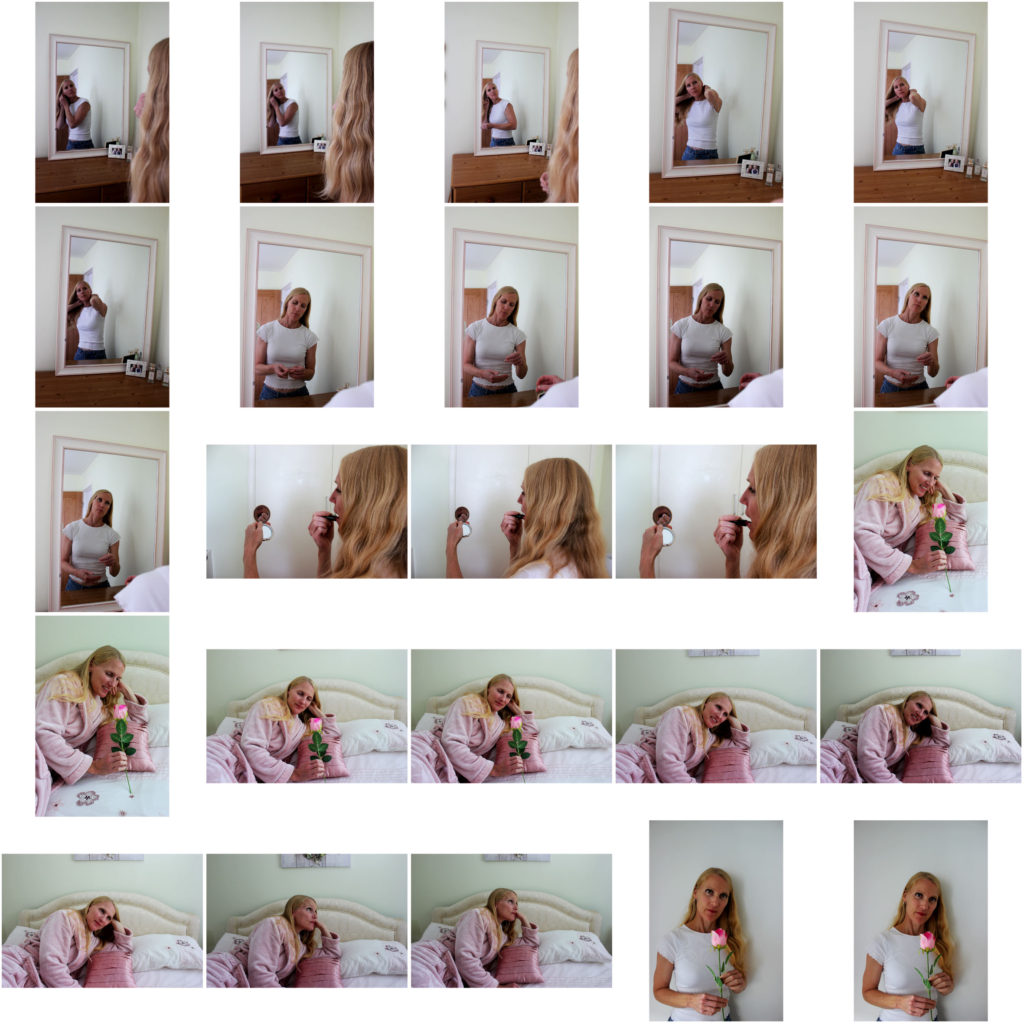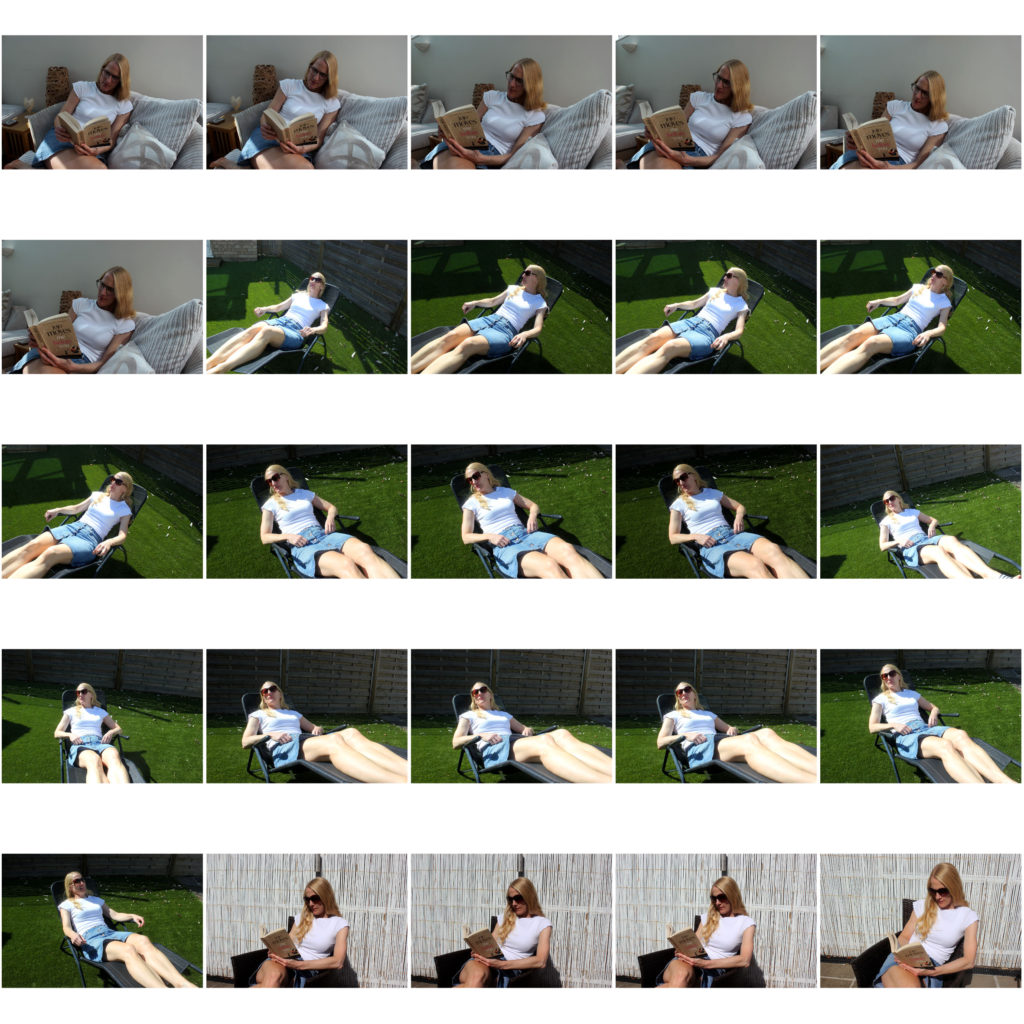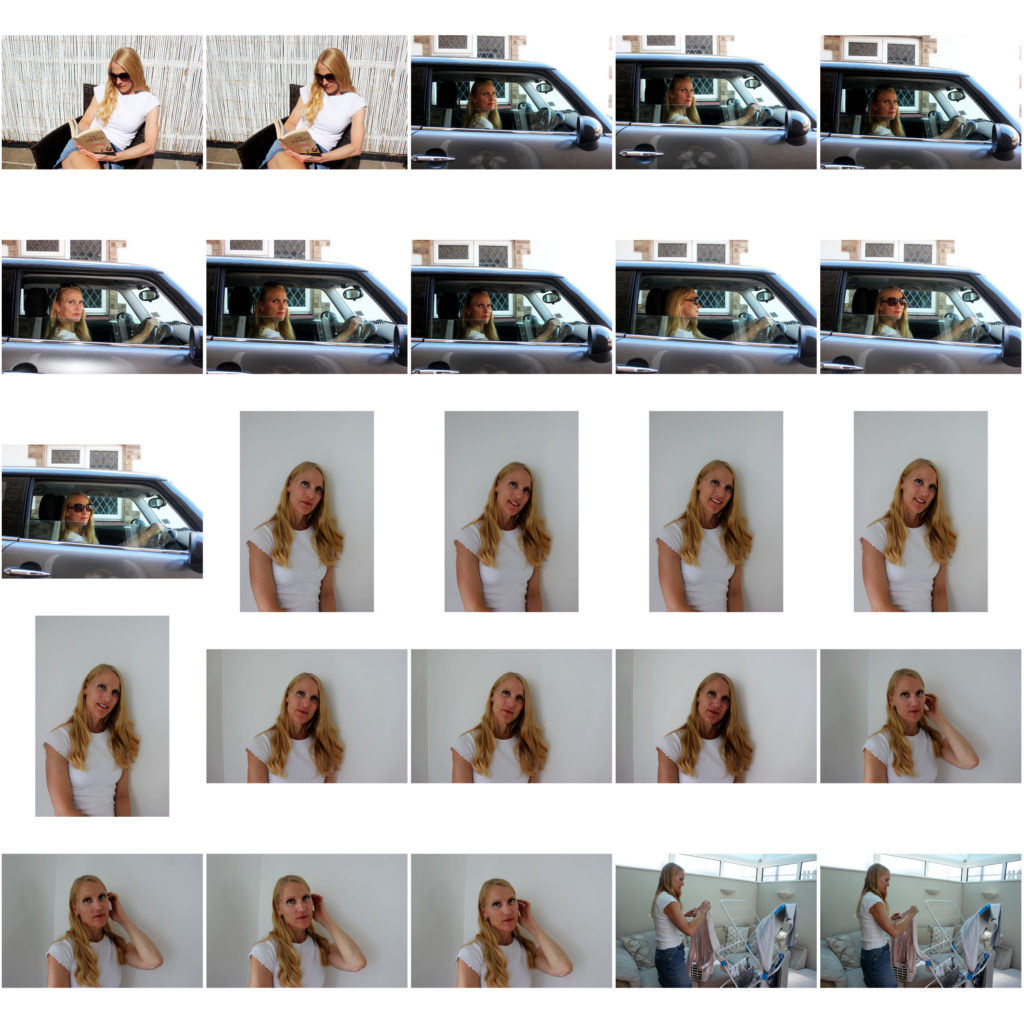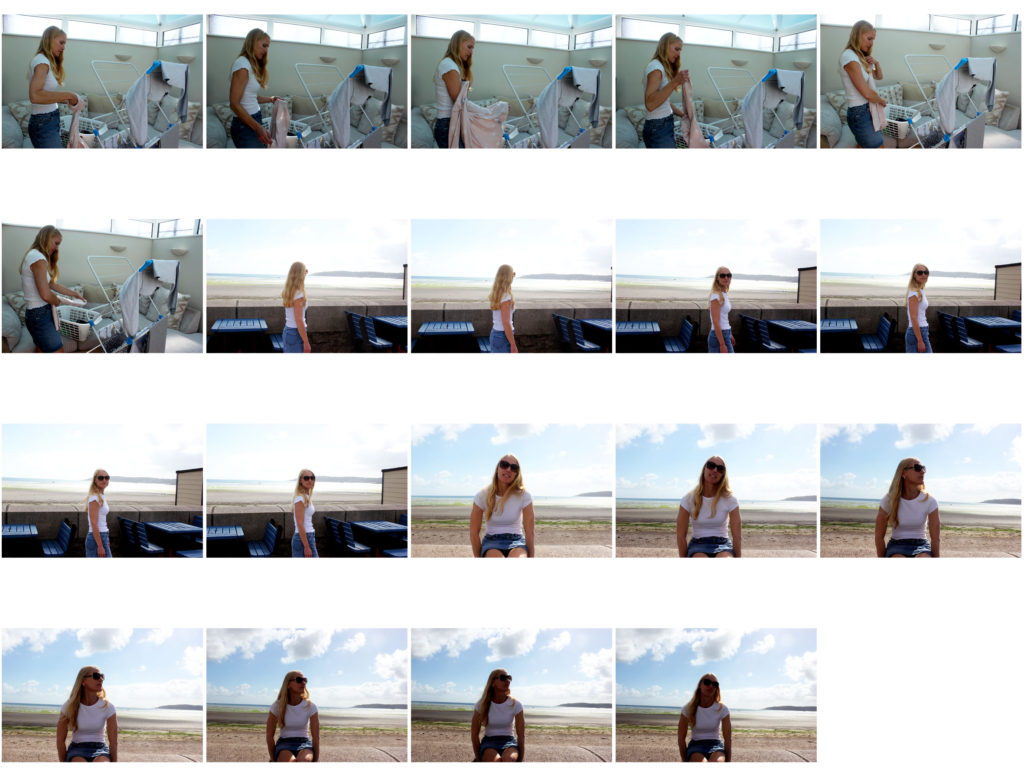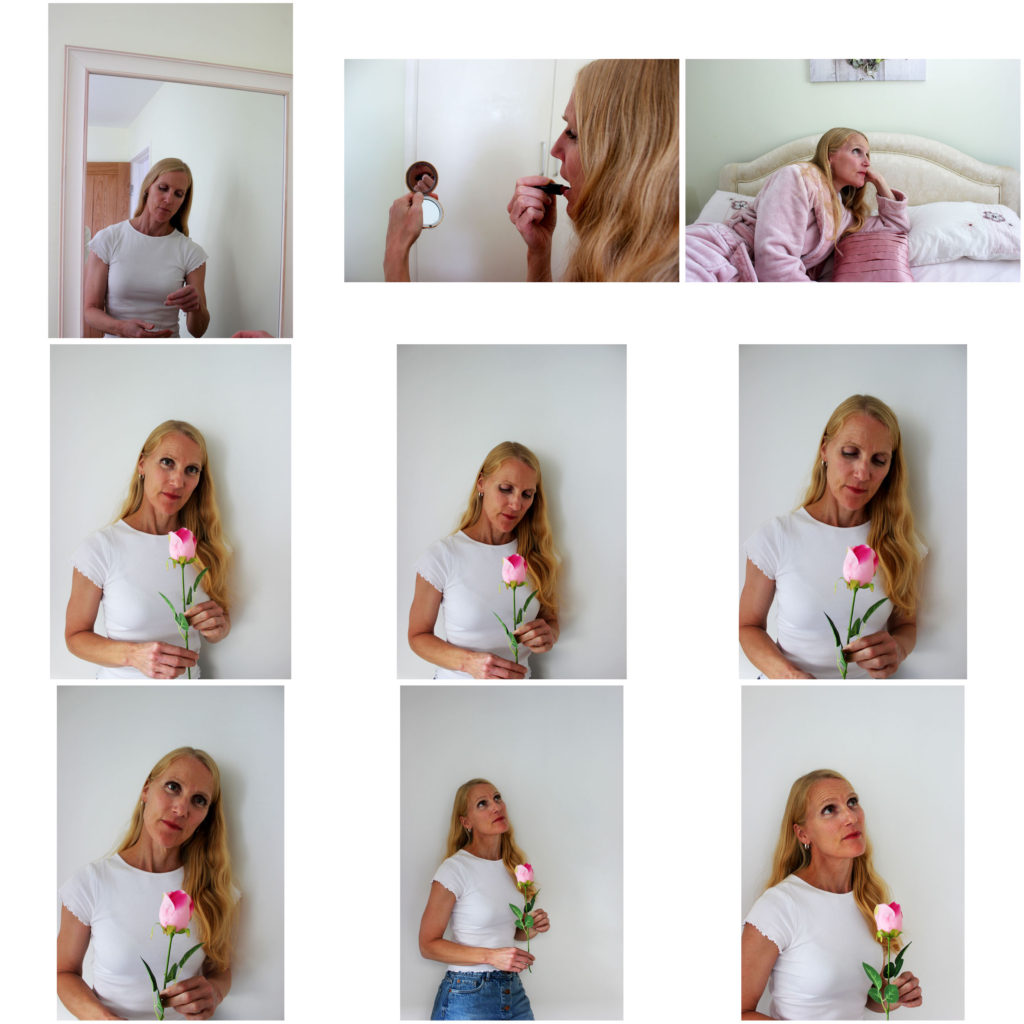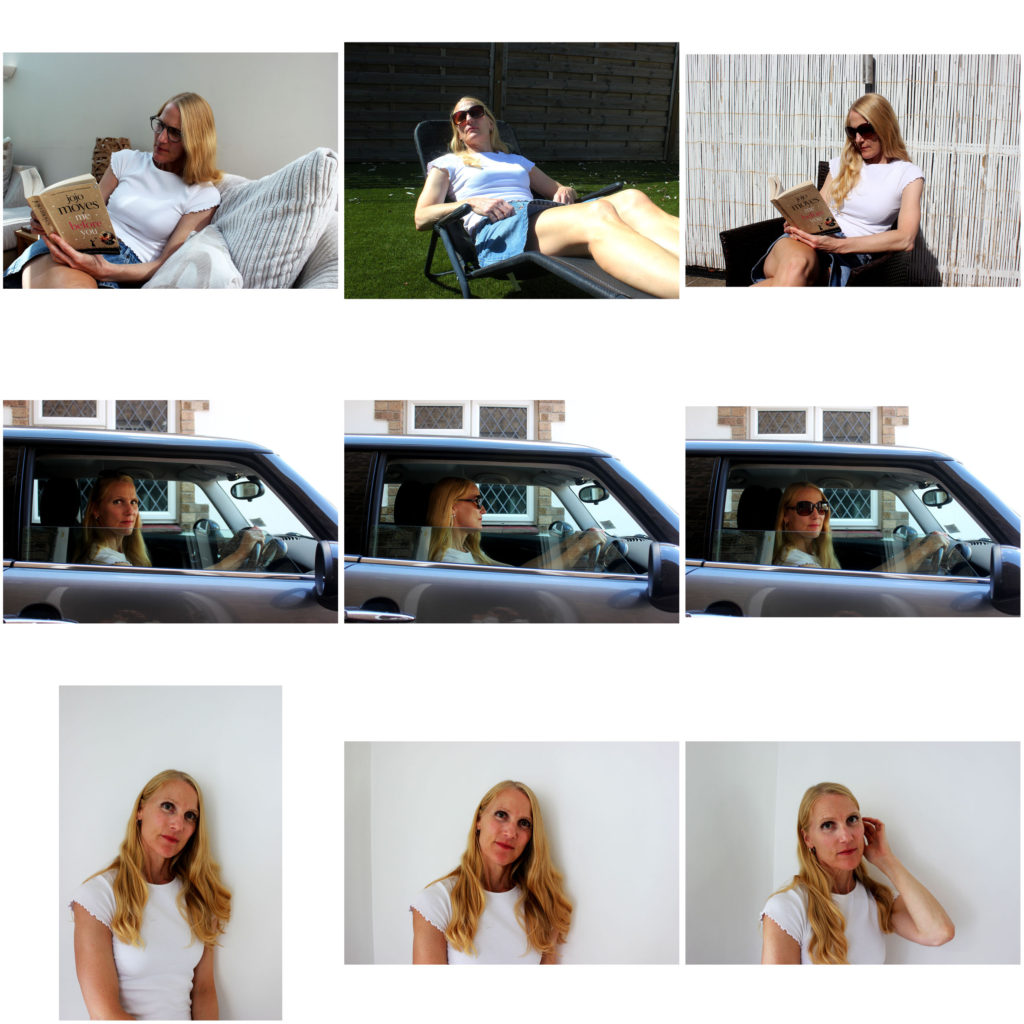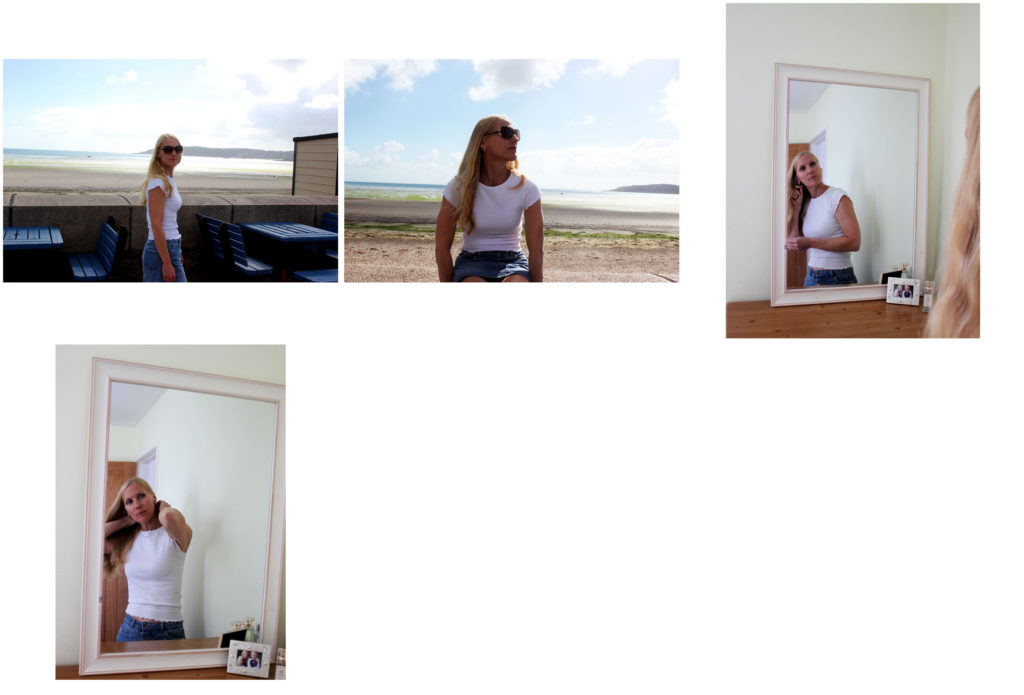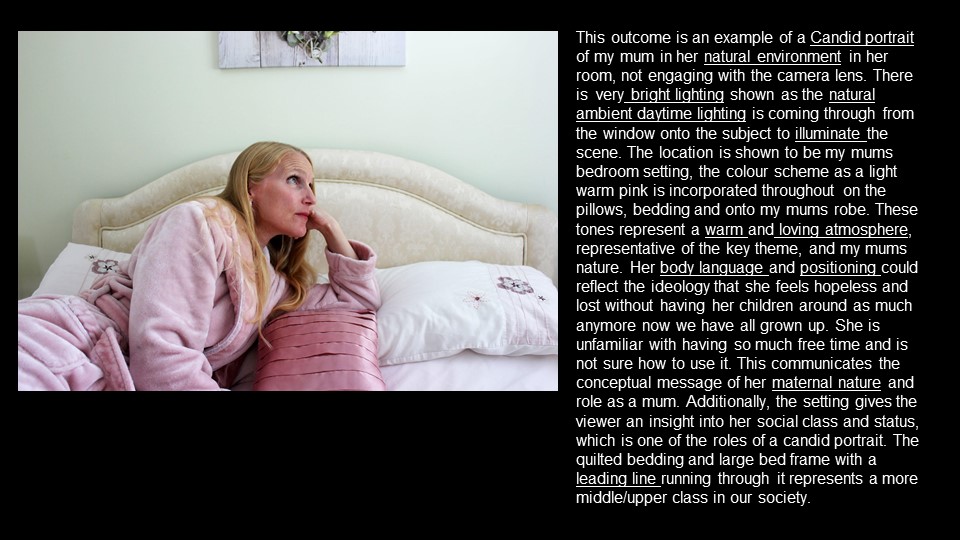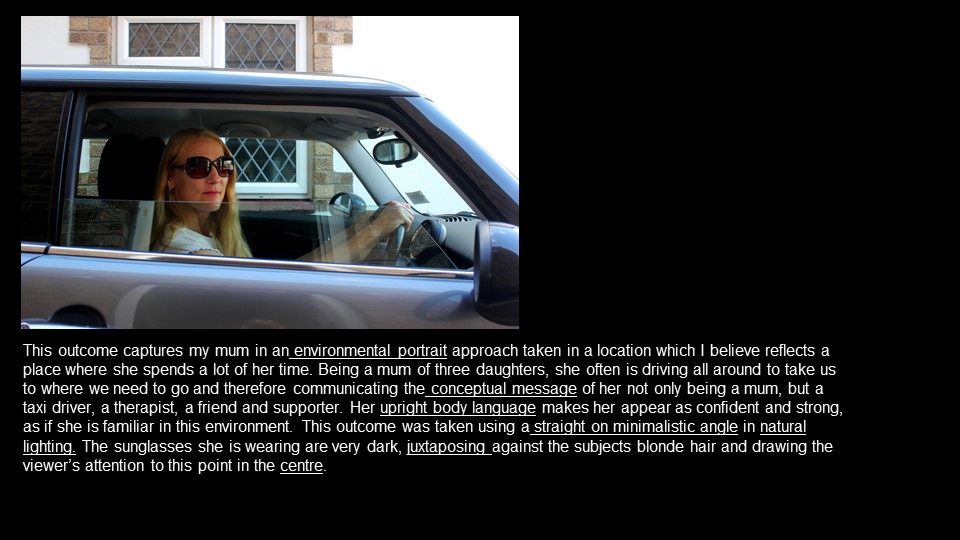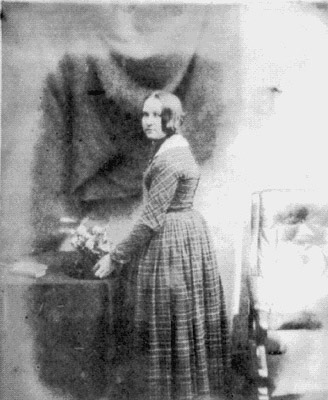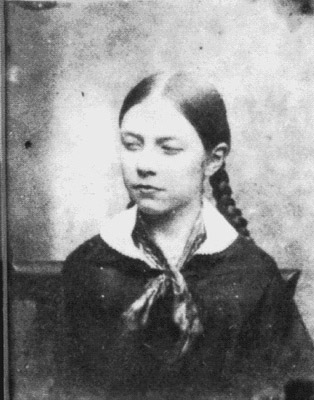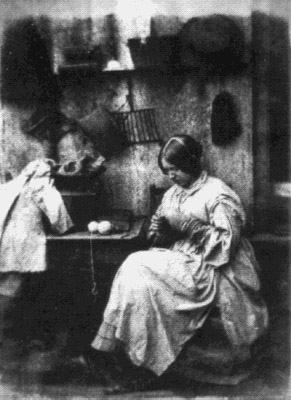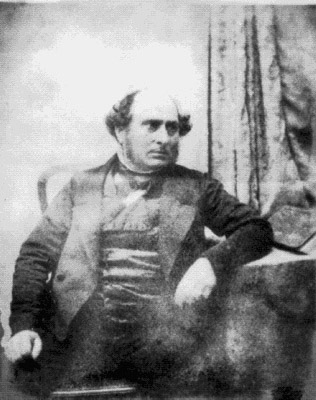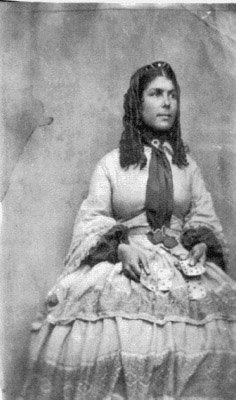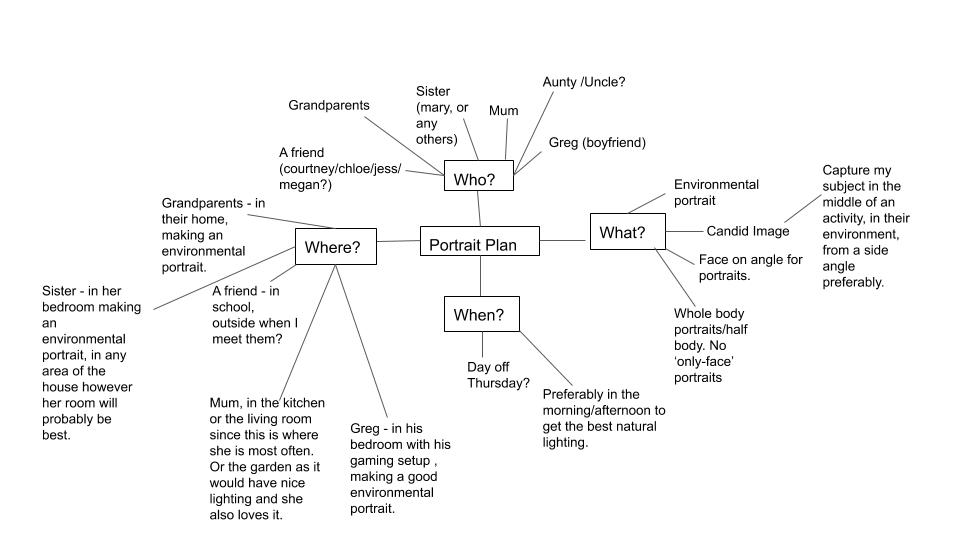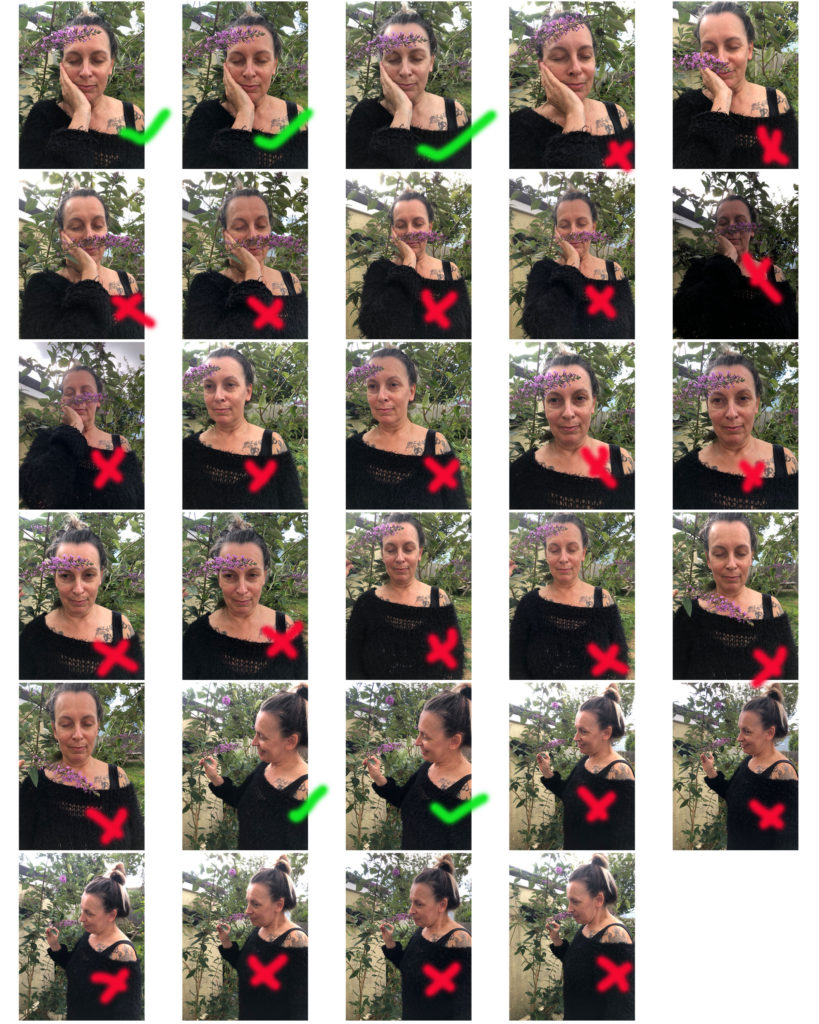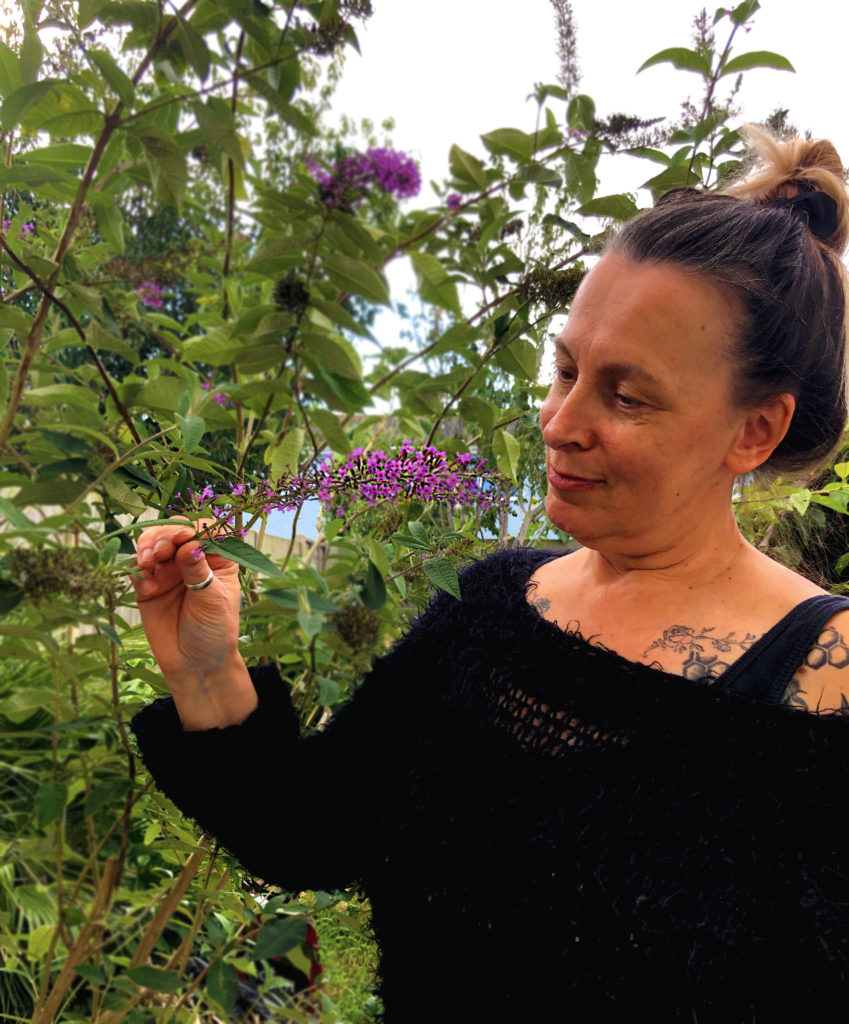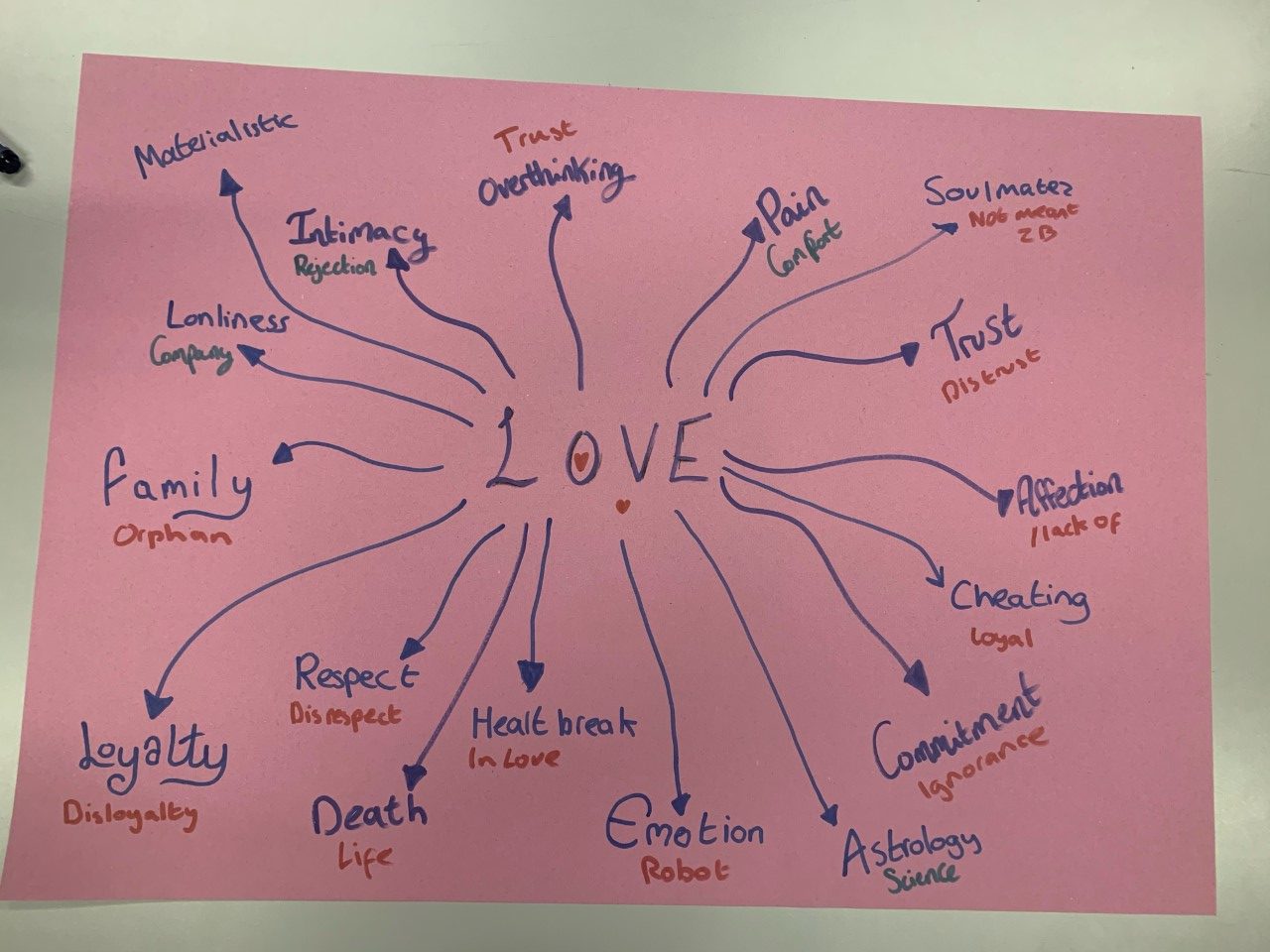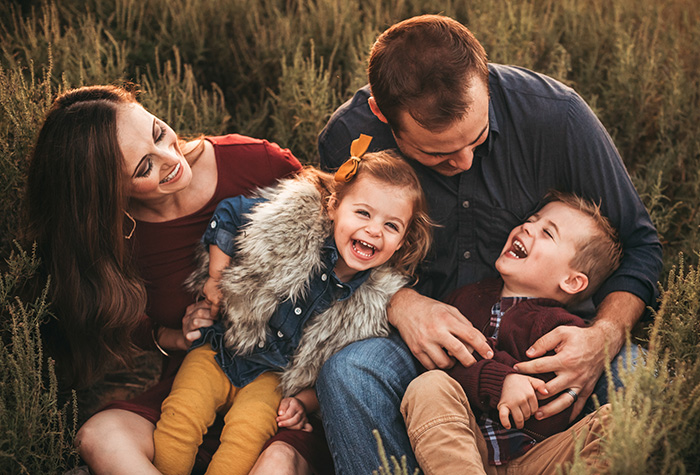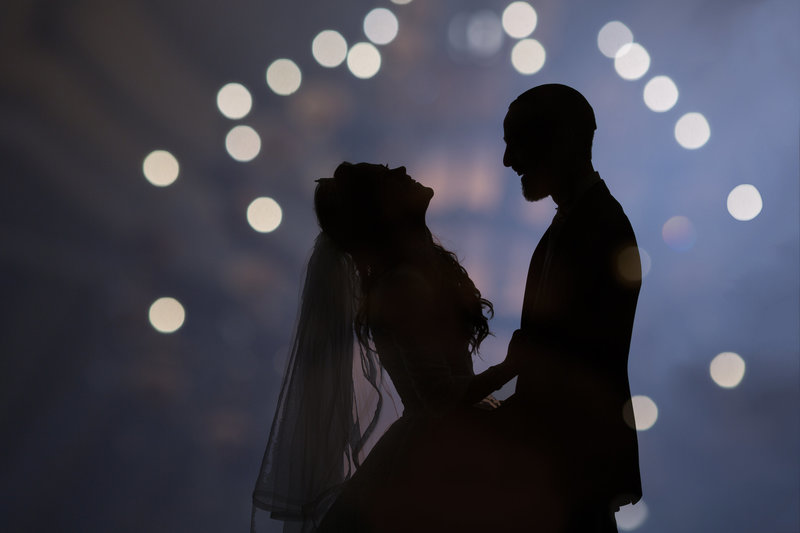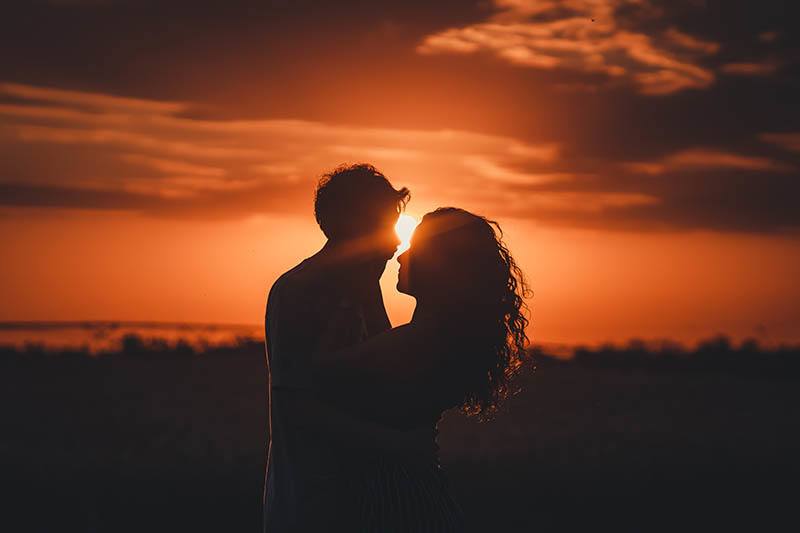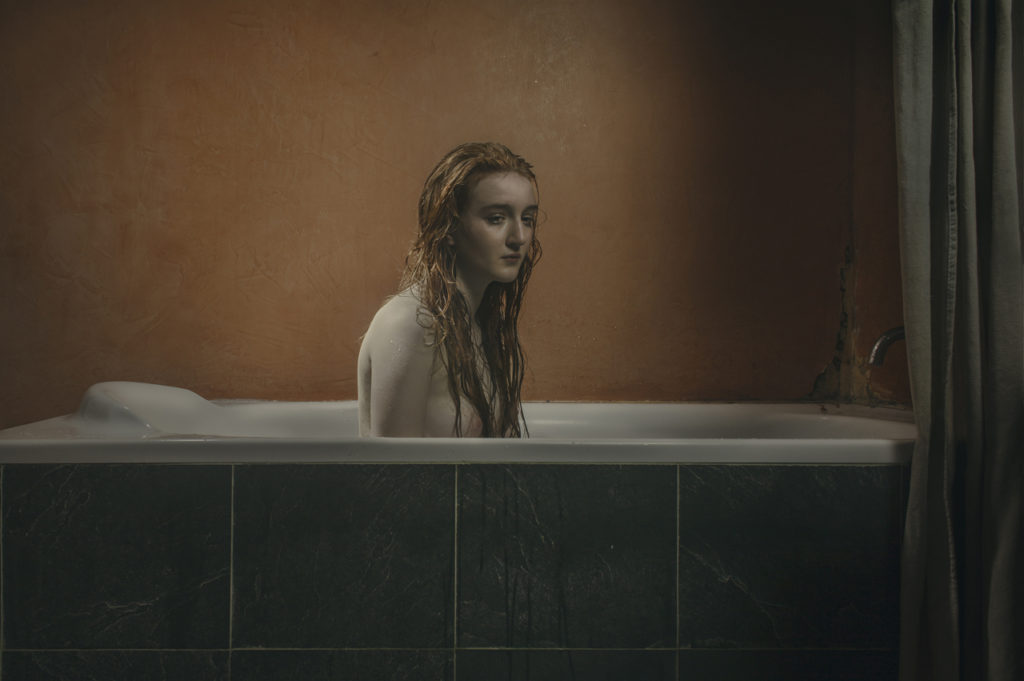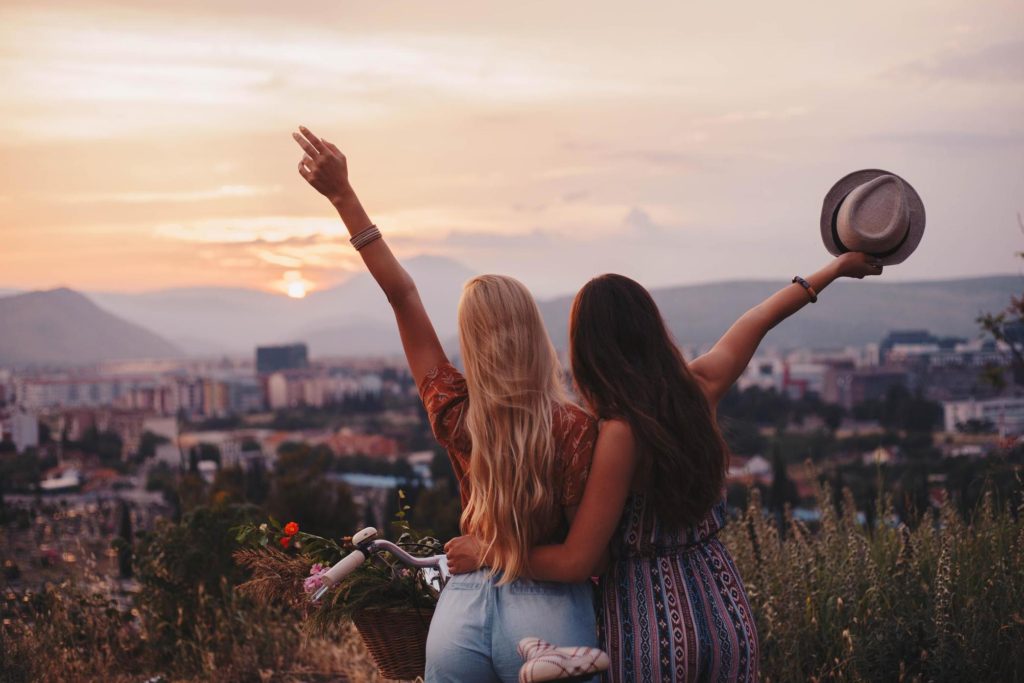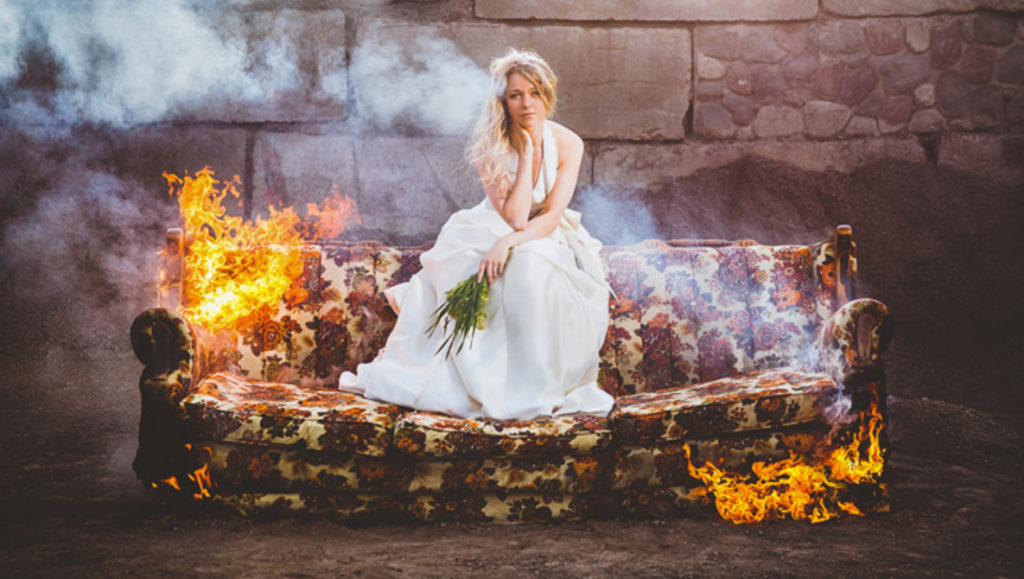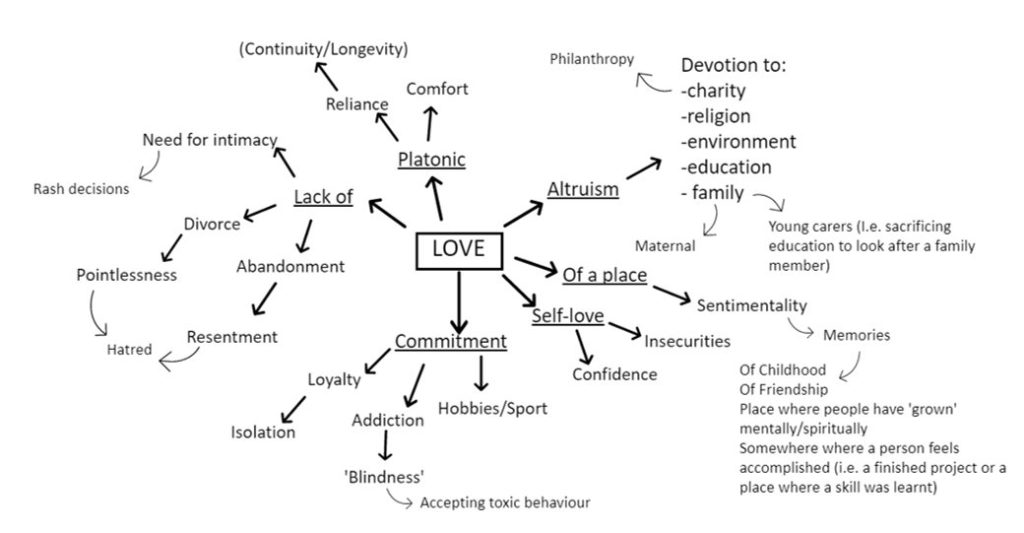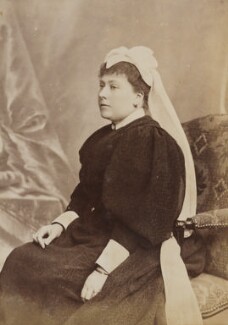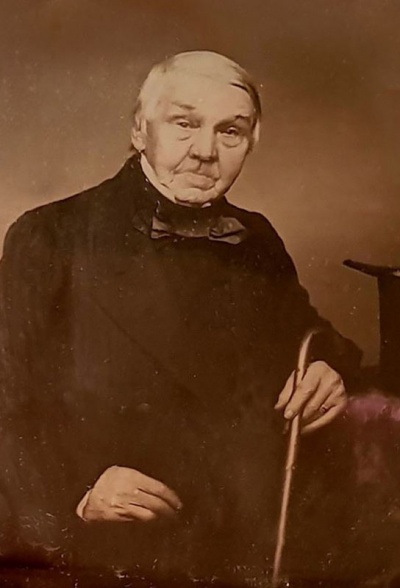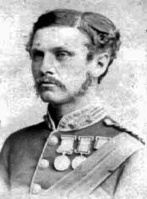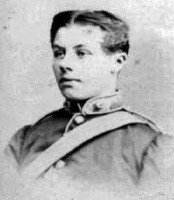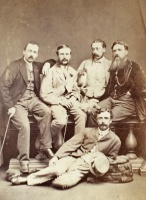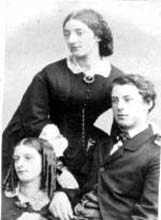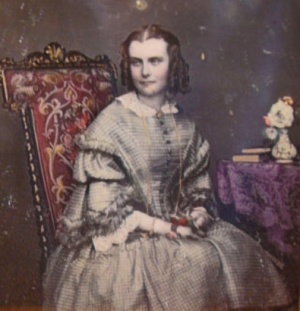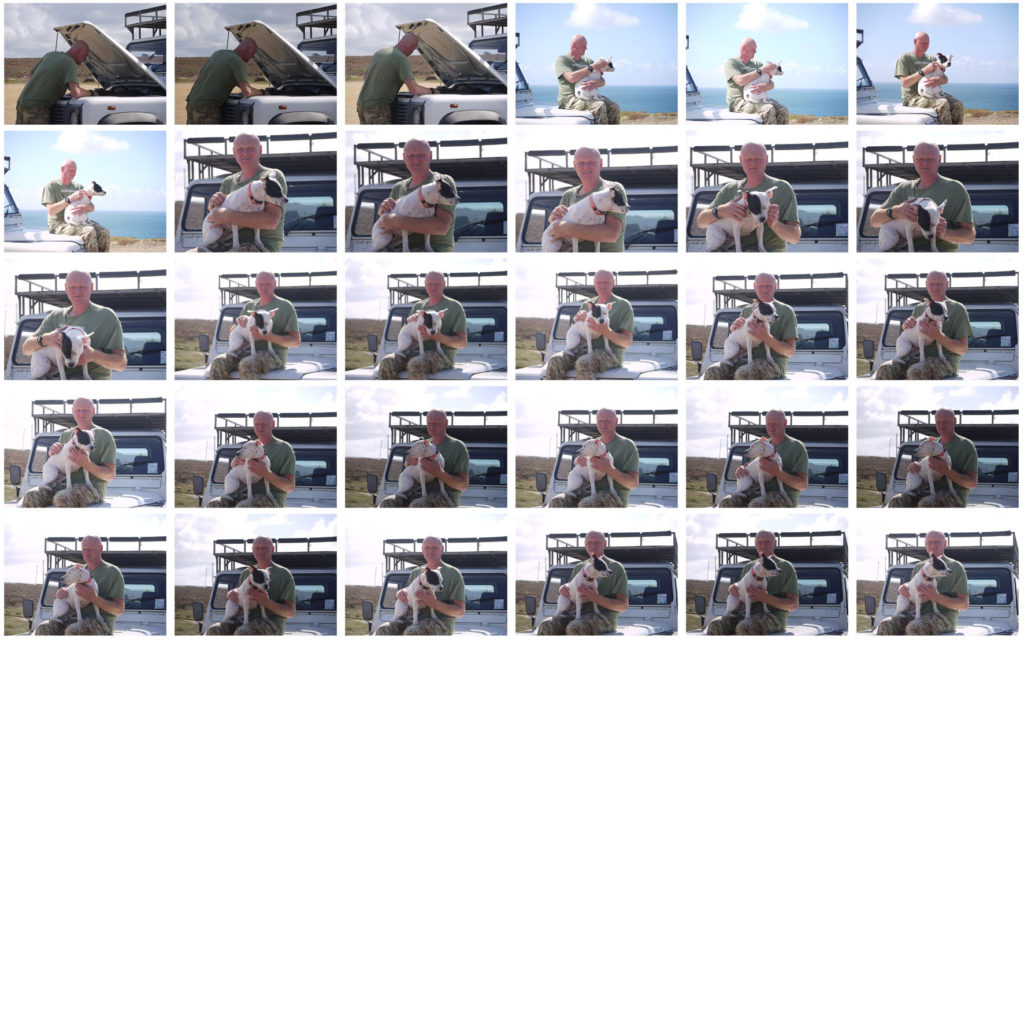Ernest Badoux
Born in France in 1828, Ernest Badoux worked in Jersey from 1869 to 1887, later joining and working with his son. A grand total of 13085 photographs are available in the Société Jersiaise’s archive, mainly portrait work (his speciality) but also featuring landscapes of the island. Badoux can be described as the “first significant chronicler of island life” through the means of photography.
He often used the chromotype process (carbon printing) for his images, which adds a sepia-tone to the portraits and their subjects, and makes the photographs more expensive to produce but of higher quality.
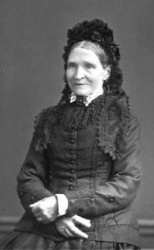
Mrs Hacquoil 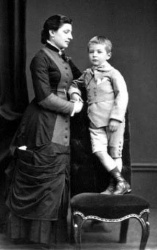
Miss Anthoine 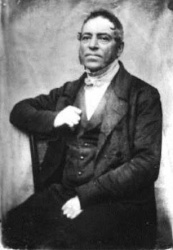
Mr Chevalier 
Charles Stone, Jersey swimming club champion 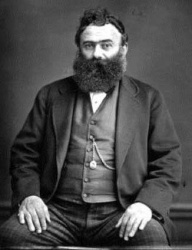
Mr Le Feuvre 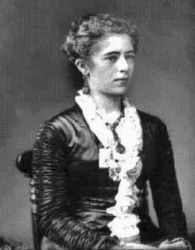
Mrs Le Cornu 
Louise Patterson 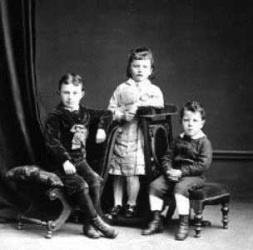
the Le Quesne children 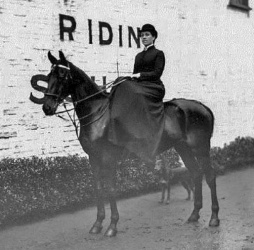
Miss Allix
The portraits themselves are excellent examples of the fashions of the period, as the subjects would have worn their best clothes to the sittings, showcasing their wealth and social standing. For the children, this meant fancy dress most of the time including sailor outfits for the young boys, which showed how influential Jersey’s maritime industry was during that period. the facial expression of the subjects also reveals more about the practice of photography during that era, as they were most often pictured as being stern and not particularly happy. This was due to the need for them to be very still in order to have a clear and sharp picture, meaning holding their pose for a far longer period of time than nowadays.
These people would all have been fairly wealthy, to be able to afford such a high quality and professional portrait and the fine clothing that they wore, and much can be judged about each person’s life from each image. However, the majority of them are photographed in what appears to be a studio, with the same plain background and furnishings, the exception being the photograph in the bottom right corner, of Miss Allix on her horse.
PHOTOGRAPHIC ANALYSIS-
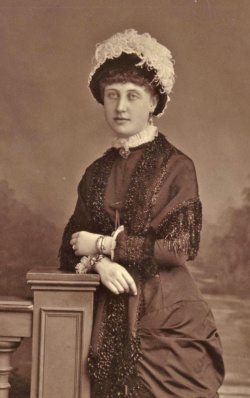
This image is an example of the “chromotype” method of photography that Badoux often use, which can clearly be seen by the sepia colour palette and the higher quality of the image as a whole. This image in particular was not labelled with a name so the subject’s identity is unknown, but we can guess from the context that she was wealthy, and from her wedding ring we can see she was married. the subject is centered and the portrait is a half-body posed type of image. There is clearly a fake background hanging behind her, which is simple and not overly distracting, which draws all attention to the subject as the main focal point of the whole image. She is facing the camera, however is looking just off into the distance, and her expression is plain and neutral, due to the long time it took to take a photograph in those days.

